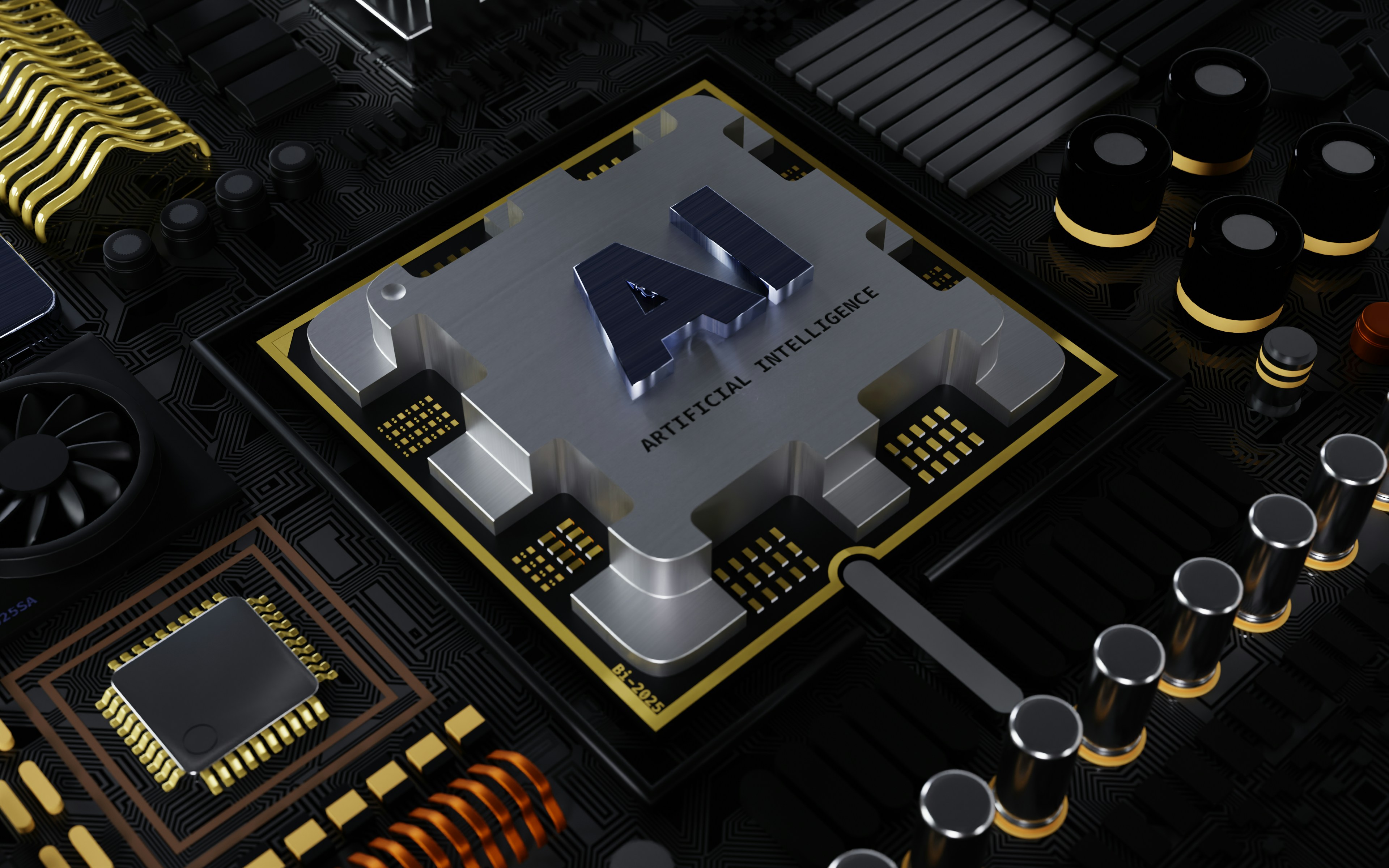"Unraveling the Intricacies of Biometric Security: A New Dawn in Digital Protection"
The realm of digital security is undergoing a seismic shift, with biometric technology leading the charge. Let's delve into this fascinating world and explore how it is transforming the way we protect our digital assets. Biometric security, although it seems like a modern innovation, has roots going back centuries. Ancient civilizations used physical traits to identify individuals, though not in the digital context we do today. The 20th century heralded the first automated fingerprint recognition system, and the concept of biometric security was born.

In the early 2000s, the technology gained significant traction as governments and corporations began to realize its potential for accurate identification. Biometric security systems, like fingerprint scanners, retina and iris recognition, and facial recognition, began to permeate our daily lives, from unlocking our smartphones to easing airport security processes.
Biometric Security Today: A Game-Changer in a Digital World
The advent of smartphones and the increasing digitization of services have propelled biometric security into the mainstream. Today, we use these technologies daily, often without realizing we are leveraging sophisticated security systems.
Biometric security’s advantage lies in its simplicity and accuracy. Our unique biological traits are difficult to replicate, making biometric security systems incredibly secure. Unlike traditional password-based systems, biometric data can’t be forgotten or guessed, eliminating common security vulnerabilities.
Spotlight on Facial Recognition: The Future of Biometric Security?
Facial recognition technology is rapidly becoming the frontrunner in the biometric security race. The global facial recognition market is expected to reach USD 8.5 billion by 2025, reflecting the technology’s growing acceptance and implementation.
Facial recognition systems use complex algorithms to map an individual’s facial features and compare them against stored data. These systems are increasingly being used in smartphones, surveillance systems, and even payment solutions, heralding a new era in digital security.
The Price of Security: Biometric Technology and Market Impact
Biometric security systems, while more secure than traditional methods, come with a higher price tag. High-end smartphones incorporating facial recognition or fingerprint scanners often retail for over USD 1,000. However, as the technology becomes more widespread, we can expect prices to gradually decrease.
The impact on the market is already evident. The surge in demand for biometric security solutions is driving growth in related sectors, such as biometric hardware and software providers. It’s also encouraging innovation, with companies vying to create systems that are faster, more accurate, and more user-friendly.
The Road Ahead: Challenges and Opportunities
Despite its many advantages, biometric security is not without its challenges. Privacy concerns are at the forefront, with critics arguing that storing biometric data could lead to misuse. Others point to the potential for errors, such as false positives or negatives, which could have serious implications.
Yet, the potential of biometric security is undeniable. As the technology evolves and becomes more refined, we can expect to see it becoming an even more integral part of our digital lives. In an increasingly connected world, the promise of secure, personalized, and convenient identification is too great to ignore.




